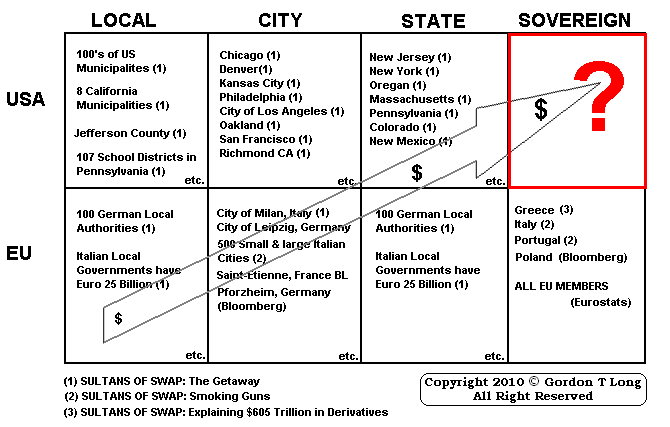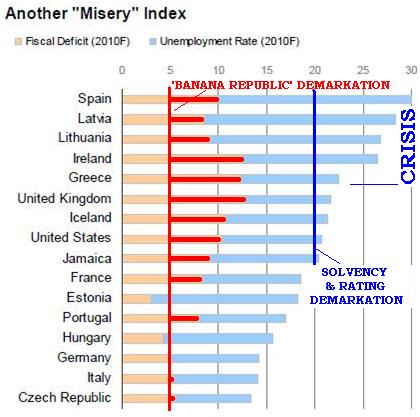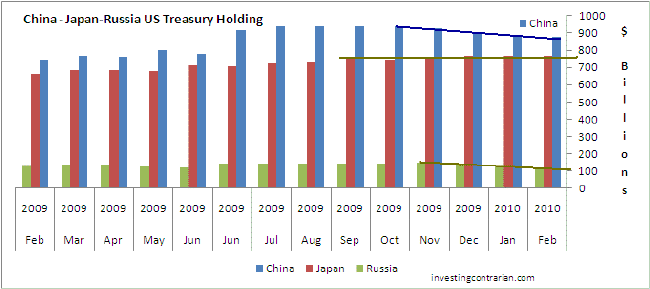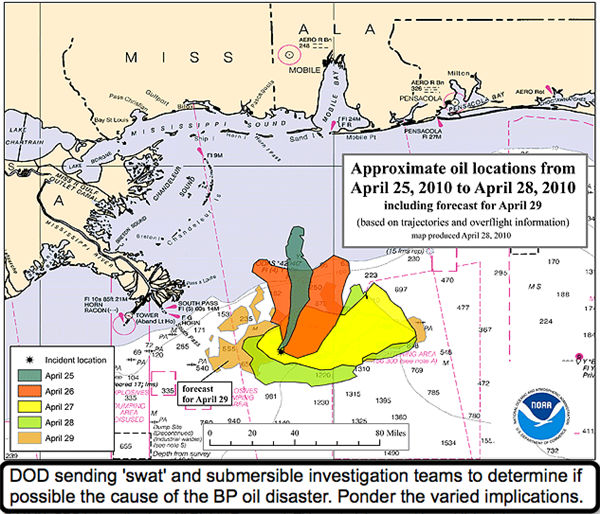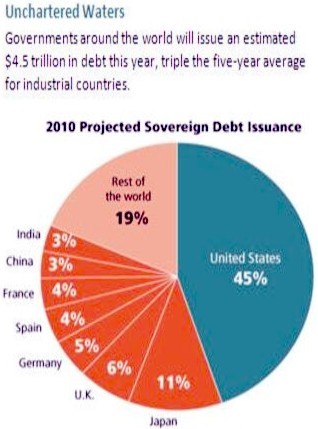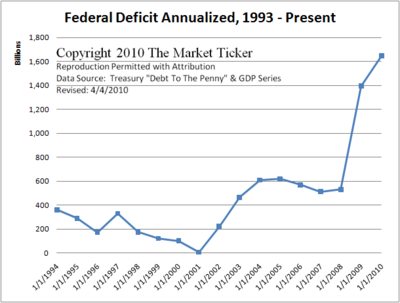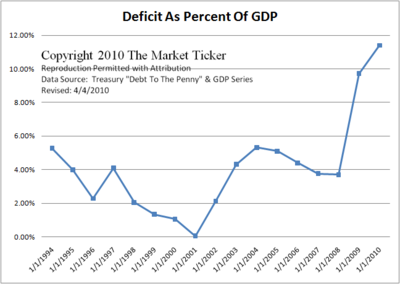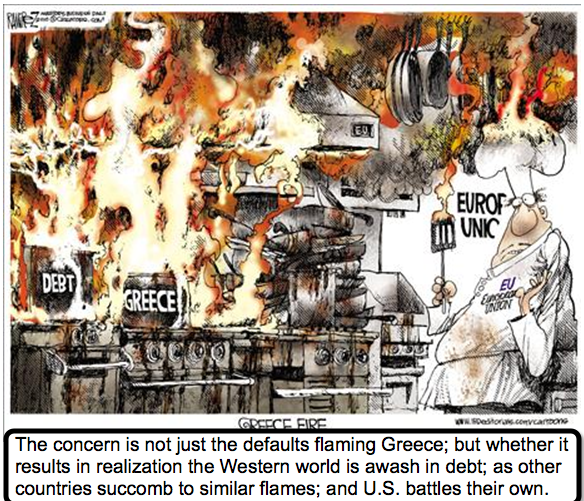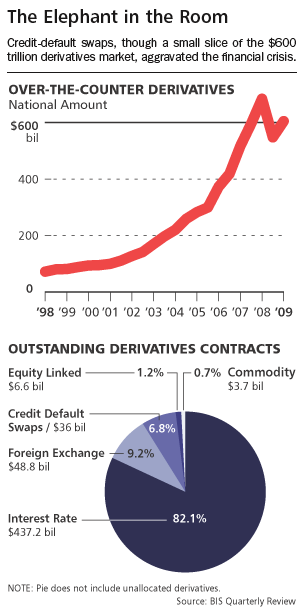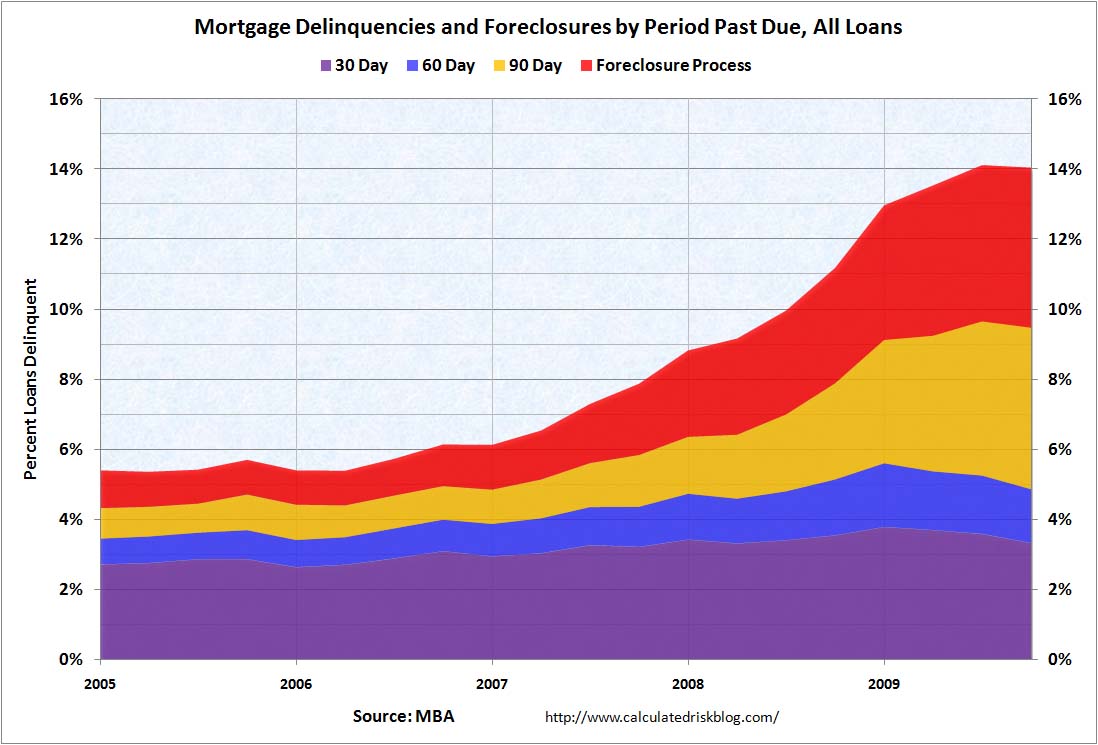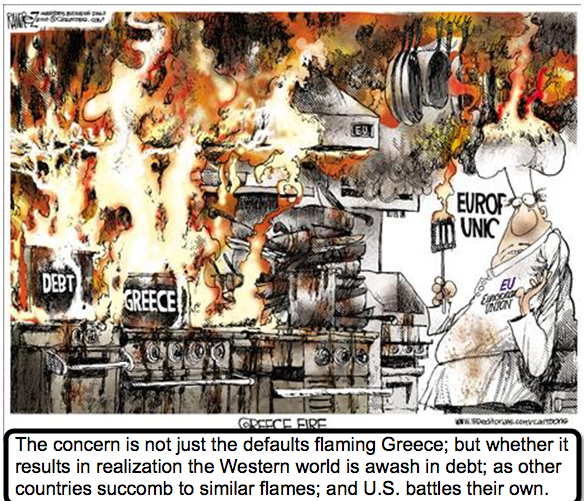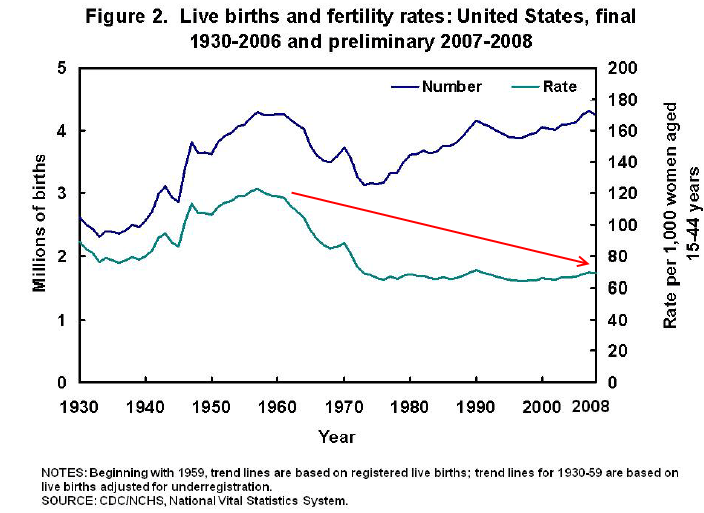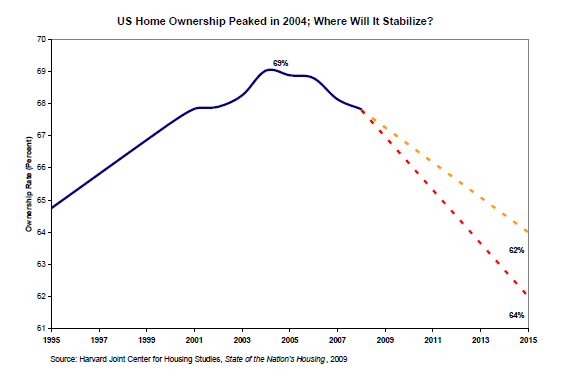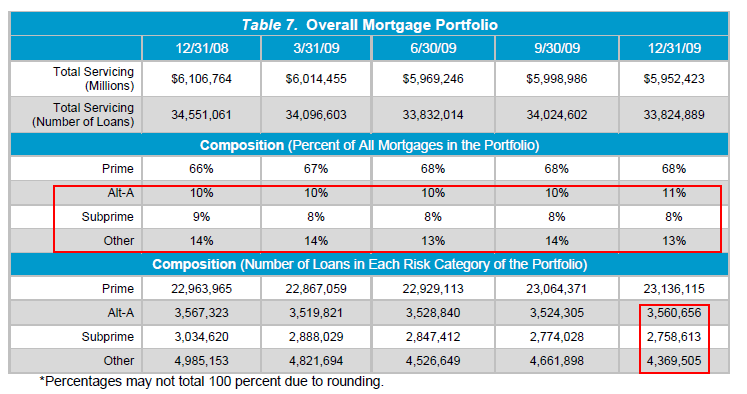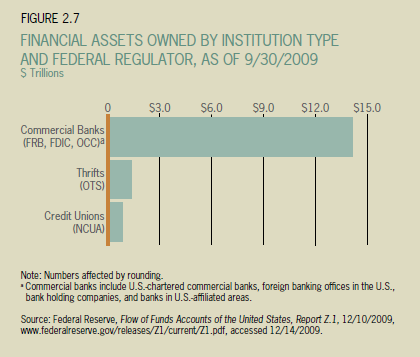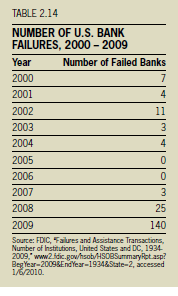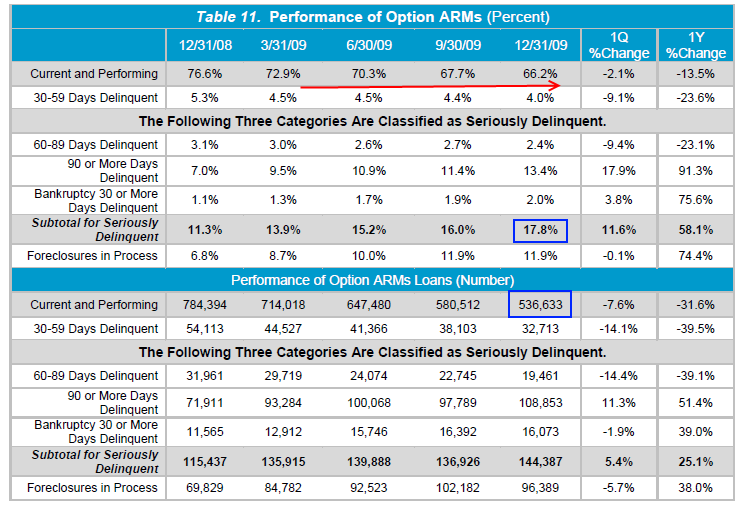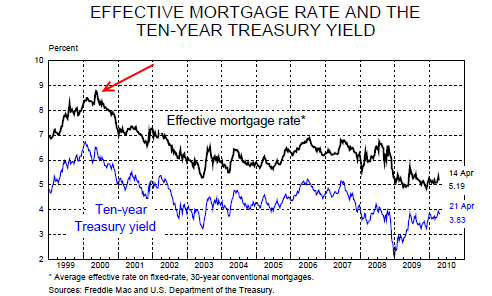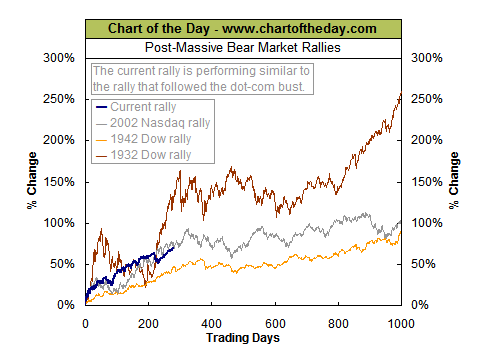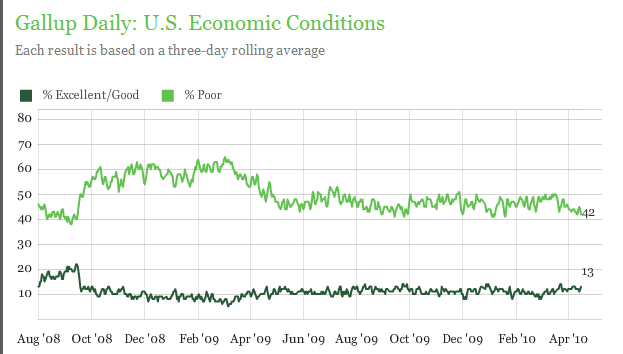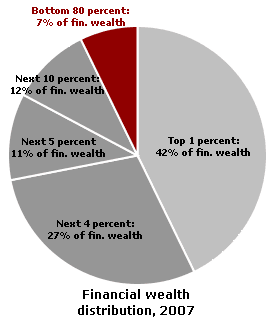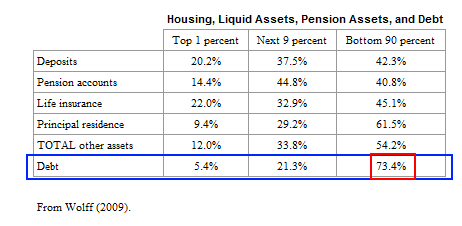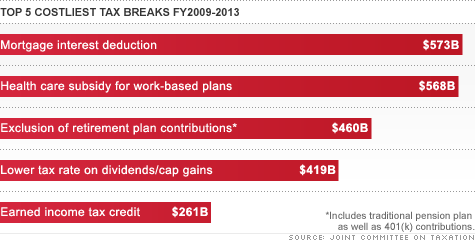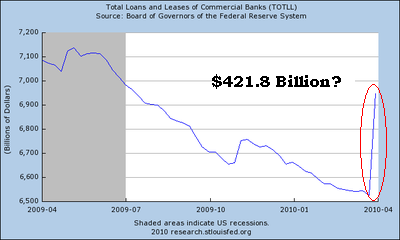As STRATFOR has noted for several years now, media coverage of the threat posed by dirty bombs runs in a perceptible cycle with distinct spikes and lulls. We are currently in one of the periods of heightened awareness and media coverage. A number of factors appear to have sparked the current interest, including the recently concluded Nuclear Security Summit hosted by U.S. President Barack Obama. Other factors include the resurfacing rumors that al Qaeda militant Adnan El Shukrijumah may have returned to the United States and is planning to conduct an attack, as well as recent statements by members of the Obama administration regarding the threat of jihadist militants using weapons of mass destruction (WMD). A recent incident in India in which a number of people were sickened by radioactive metal at a scrap yard in a New Delhi slum also has received a great deal of media coverage.
In spite of the fact that dirty bombs have been discussed widely in the press for many years now — especially since the highly publicized arrest of Jose Padilla in May 2002 — much misinformation and disinformation continues to circulate regarding dirty bombs. The misinformation stems from long-held misconceptions and ignorance, while the disinformation comes from scaremongers hyping the threat for financial or political reasons. Frankly, many people have made a lot of money by promoting fear since 9/11.
Just last week, we read a newspaper article in which a purported expert interviewed by the reporter discussed how a dirty bomb would “immediately cause hundreds or even thousands of deaths.†This is simply not true. A number of radiological accidents have demonstrated that a dirty bomb will not cause this type of death toll. Indeed, the panic generated by a dirty bomb attack could very well result in more immediate deaths than the detonation of the device itself. Unfortunately, media stories hyping the threat of these devices may foster such panic, thus increasing the death toll. To counter this irrational fear, we feel it is time once again to discuss dirty bombs in detail and provide our readers with a realistic assessment of the threat they pose.
Dirty Bombs Defined
A dirty bomb is a type of radiological dispersal device (RDD), and RDDs are, as the name implies, devices that disperse a radiological isotope. Depending on the motives of those planning the attack, an RDD could be a low-key weapon that surreptitiously releases aerosolized radioactive material, dumps out a finely powdered radioactive material or dissolves a radioactive material in water. Such surreptitious dispersal methods would be intended to slowly expose as many people as possible to the radiation and to prolong their exposure. Unless large amounts of a very strong radioactive material are used, however, the effects of such an exposure will be limited. People are commonly exposed to heightened levels of radiation during activities such as air travel and mountain climbing. To cause adverse effects, radiation exposure must occur either in a very high dose over a short period or in smaller doses sustained over a longer period. This is not to say that radiation is not dangerous, but rather the idea that the slightest amount of exposure to radiation causes measurable harm is not accurate.
By its very nature, the RDD is contradictory. Maximizing the harmful effects of radiation involves maximizing the exposure of the victims to the highest possible concentration of a radioisotope. When dispersing the radioisotope, by definition and design the RDD dilutes the concentration of the radiation source, spreading smaller amounts of radiation over a larger area. Additionally, the use of an explosion to disperse the radioisotope alerts the intended victims, who can then evacuate the affected area and be decontaminated. These factors make it very difficult for an attacker to administer a deadly dose of radiation via a dirty bomb.
It is important to note that a dirty bomb is not a nuclear device, and no nuclear reaction occurs. A dirty bomb will not produce an effect like the nuclear devices dropped on Hiroshima or Nagasaki. A dirty bomb is quite simply an RDD that uses explosives as the means to disperse a radioactive isotope, and the only blast effect will be from the explosives used to disperse the radioisotope. In a dirty bomb attack, radioactive material not only is dispersed, but the dispersal is accomplished in an obvious manner, and the explosion immediately alerts the victims and authorities that an attack has taken place. The attackers hope that notice of their attack will cause mass panic — in other words, the RDD is a weapon of fear and terror.
The radioisotopes that can be used to construct an RDD are fairly common. Even those materials considered by many to be the most likely to be used in an RDD, such as cobalt-60 and cesium-137, have legitimate medical, commercial and industrial uses. Organizations such as the International Atomic Energy Agency warn that such radioisotopes are readily available to virtually any country in the world, and they are almost certainly not beyond the reach of even moderately capable non-state actors. Indeed, given the ease of obtaining radiological isotopes and the ease with which a dirty bomb can be constructed, we are surprised that we have not seen one successfully used in a terror attack. We continue to believe that it is only a matter of time before a dirty bomb is effectively employed somewhere. Because of this, let’s examine what effectively employing a dirty bomb means.
Dirty Bomb Effectiveness
Like a nonexplosive RDD, unless a dirty bomb contains a large amount of very strong radioactive material, the effects of the device are not likely to be immediate and dramatic. In fact, the explosive effect of the RDD is likely to kill more people than the device’s radiological effect. This need for a large quantity of a radioisotope not only creates the challenge of obtaining that much radioactive material, it also means that such a device would be large and unwieldy — and therefore difficult to smuggle into a target such as a subway or stadium.
In practical terms, a dirty bomb can produce a wide range of effects depending on the size of the improvised explosive device (IED) and the amount and type of radioactive material involved. (Powdered radioisotopes are easier to disperse than materials in solid form.) Environmental factors such as terrain, weather conditions and population density would also play an important role in determining the effects of such a device.
Significantly, while the radiological effects of a dirty bomb may not be instantly lethal, the radiological impact of an RDD will in all likelihood affect an area larger than the killing radius of the IED itself, and will persist for far longer. The explosion from a conventional IED is over in an instant, but radiation released by a RDD can persist for decades unless the area is decontaminated. While the radiation level may not be strong enough to affect people exposed briefly in the initial explosion, the radiation will persist in the contaminated area, and the cumulative effects of such radiation could prove very hazardous. (Here again, the area contaminated and the ease of decontamination will depend on the type and quantity of the radioactive material used. Materials in a fine powdered form are easier to disperse and harder to clean up than solid blocks of material.) In either case, it will be necessary to evacuate people from the contaminated area, and people will need to stay out of the area until it can be decontaminated, a process that could prove lengthy and expensive.
Therefore, while a dirty bomb is not truly a WMD like a nuclear device, we frequently refer to them as “weapons of mass disruption†or “weapons of mass dislocation†because they may temporarily render contaminated areas uninhabitable. The expense of decontaminating a large, densely populated area, such as a section of London or Washington, is potentially quite high. This cost would also make a dirty bomb a type of economic weapon.
Historical Precedents
The world has not yet witnessed a successful dirty bomb attack by a terrorist or militant group. That does not necessarily mean that militant groups have not been interested in radiological weapons, however. Chechen militants have perhaps been the most active in the realm of radioactive materials. In November 1995, Chechen militants under the command of Shamil Basayev placed a small quantity of cesium-137 in Moscow’s Izmailovsky Park. Rather than disperse the material, however, the Chechens used the material as a psychological weapon by directing a TV news crew to the location and thus creating a media storm and fostering public fear. The material in this incident was thought to have been obtained from a nuclear waste or isotope storage facility in the Chechen capital of Grozny.
In December 1998, the pro-Russian Chechen Security Service announced it had found a dirty bomb consisting of a land mine combined with radioactive materials next to a railway line frequently used to transport Russian troops. It is believed that Chechen militants planted the device. In September 1999, two Chechen militants who attempted to steal highly radioactive materials from a chemical plant in Grozny were incapacitated after carrying the container for only a few minutes each; one reportedly died. This highlights another difficulty with producing a really effective dirty bomb: The strongest radioactive material is dangerous to handle, and even a suicide operative might not be able to move and employ it before being overtaken by its effects.
Still, none of these Chechen incidents really provided a very good example of what a dirty bomb detonation would actually look like. To do this, we need to look at incidents where radiological isotopes were dispersed by accident. In 1987, in Goiania, Brazil, a tiny radiotherapy capsule of cesium chloride salt was accidentally broken open after being salvaged from a radiation therapy machine left at an abandoned health care facility. Over the course of 15 days, the capsule containing the radioisotope was handled by a number of people who were fascinated by the faint blue glow it gave off. Some victims reportedly even smeared the substance on their bodies. The radiation was then dispersed by these people to various parts of the surrounding neighborhood, and some of it was even taken to nearby towns. In all, more than 1,000 people were contaminated during the incident and some 244 were found to have significant radioactive material in or on their bodies. Still, only four people died from the incident, and most of those who died had sustained exposure to the contamination. In addition to the human toll, the cleanup operation in Goiania cost more than $100 million, as many houses had to be razed and substantial quantities of contaminated soil had to be removed from the area.
In a more recent case involving a scrap dealer, this time in a slum outside New Delhi, India, eight people were admitted to the hospital because of radiation exposure after a scrap dealer dismantled an object containing cobalt-60. The material apparently arrived at a scrap shop March 12, and the owner of the shop was admitted to the hospital April 4 suffering from radiation-poisoning symptoms (again another case involving prolonged exposure to a radiation source). The radiation source was found at the scrap yard April 5 and identified as cobalt-60. Indian authorities hauled away eight piles of contaminated scrap. The cleanup operation was easier in the Indian incident, since the radioactive material was in metallic form and found in larger pieces rather than in powdered form seen in the cesium in Goiania. Intriguingly, a nearby scrap shop also was found to be contaminated April 16, but it appears from initial reports that the second site was contaminated by a second radioactive source that contained a weaker form of cobalt-60. Though we are watching for additional details on this case, so far, despite the long-term exposure to a potent radioactive source, no deaths have been reported.
At the other end of the spectrum from the Goiania and New Delhi accidents is the 1986 Chernobyl nuclear disaster in northern Ukraine, when a 1-gigawatt power reactor exploded. It is estimated that more than one hundred times the radiation of the Hiroshima bomb was released during the accident — the equivalent of 50 million to 250 million grams of radium. More than 40 different radioisotopes were released, and there was a measurable rise in cesium-137 levels across the entire European continent. No RDD could ever aspire to anything close to such an effect.
Chernobyl wrought untold suffering, and estimates suggest that it may ultimately contribute to the deaths of 9,000 people. But many of those affected by the radiation are still alive more than 20 years after the accident. While STRATFOR by no means seeks to downplay the tragic human or environmental consequences of this disaster, the incident is instructive when contemplating the potential effects of a dirty bomb attack. In spite of the incredible amounts of radioactive material released at Chernobyl, only 31 people died in the explosion and immediate aftermath. Today, 5.5 million people live in the contaminated zone — many within or near the specified EU dosage limits for people living near operational nuclear power plants.
It is this type of historical example that causes us to be so skeptical regarding claims that a small dirty bomb will cause hundreds or even thousands of deaths. Instead, the most strategic consequences of this sort of destruction are economic. By some estimates, the Chernobyl disaster will ultimately cost well in excess of $100 billion. Again, in our opinion, a dirty bomb should be considered a weapon of disruption — one that will cause economic loss, but would not cause mass casualties or any real mass destruction.
Fighting Panic
Analytically, based upon the ease of manufacture and the historical interest by militants in dirty bombs — which ironically may in part be due to the way the RDD threat has been hyped — it is only a matter of time before militants successfully employ one. Since the contamination created by such a device can be long-lasting, more rational international actors probably would prefer to detonate such a device against a target outside their own country. In other words, they would lean toward attacking a target within the United States or United Kingdom rather than the U.S. or British embassies in their home country.
And since it is not likely to produce mass casualties, a dirty bomb attack would likely be directed against a highly symbolic target — such as one representing the economy or government — and designed to cause the maximum amount of disruption at the target site. Therefore, it is not out of the question to imagine such an attack aimed at a target such as Wall Street or the Pentagon. The device would not destroy these sites, but would limit access to them for as long as it took to decontaminate them.
As noted above, we believe it is possible that the panic caused by a dirty bomb attack could well kill more people than the device itself. People who understand the capabilities and limitations of dirty bombs are less likely to panic than those who do not, which is the reason for this analysis. Another important way to help avoid panic is to carefully think about such an incident in advance and to put in place a carefully crafted contingency plan for your family and business. Contingency plans are especially important for those who work in proximity to a potential dirty bomb target. But they are useful in any disaster, whether natural or man-made, and something that should be practiced by all families and businesses. Such knowledge and planning provide people with the ability to conduct an orderly and methodical evacuation of the affected area. This allows them to minimize their exposure to radioactivity while also minimizing their risk of injury or death due to mass hysteria. For while a dirty bomb attack could well be messy and disruptive, it does not have to be deadly.
Reprinting or republication of this report on websites is authorized by prominently displaying the following sentence at the beginning or end of the report, including the hyperlink to STRATFOR:
“This report is republished with permission of STRATFOR“
